How to Find the Perfect Daypack for Every Adventure
The Ultimate Guide to Selecting the Right Daypack for Your Outdoor Adventures
When gearing up for any day-long outdoor excursion that requires more than just the bare basics in your pockets, a reliable daypack becomes your best friend. At a glance, daypacks might appear quite similar, but beneath the surface lies a plethora of design choices and features tailored for specific needs and activities. To navigate this colorful landscape and pinpoint the ideal daypack for your journeys, there are four foundational areas to contemplate: the type of activity you’re undertaking, the amount of gear you intend to carry, the specific features that will support your comfort and convenience, and finally, how well the pack fits your unique body shape.
Discover the Importance of Your Activity When Choosing a Daypack
One of the fastest ways to narrow down your daypack options is by focusing on the activity you plan to engage in. Whether your plans involve scrambling up rocky faces, hiking through verdant trails, pedaling through varied terrain, or commuting with style, daypacks are designed with features that cater distinctly to these pursuits. Here are several popular activity categories, along with the pack characteristics you’ll often find tailored for each.
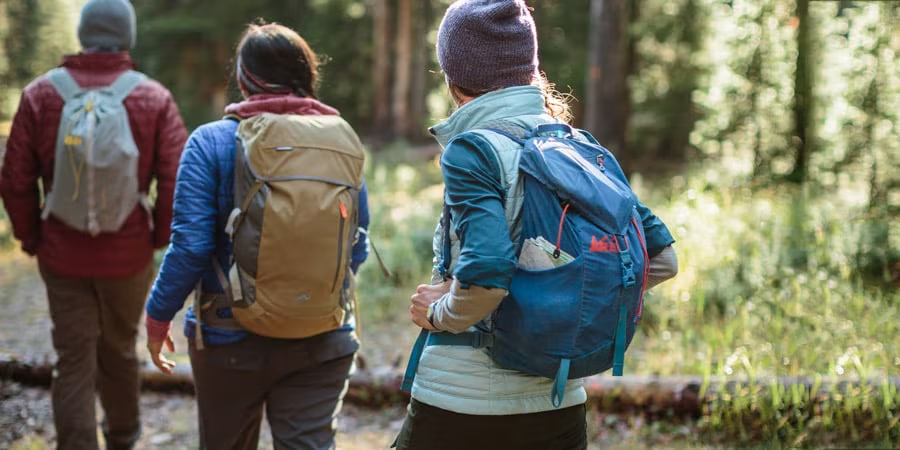
Hiking Daypacks:
For hikers, these packs are indispensable companions. Nearly every hiking daypack supports hydration reservoirs, enabling you to stay hydrated without breaking stride, and includes pockets on both sides for easy access to water bottles. Many packs incorporate external loops and straps to secure trekking poles, adding to their functional design. The array of torso lengths and various suspension systems means you can find a pack truly crafted to the contours of your body, lending comfort and stability over long distances.
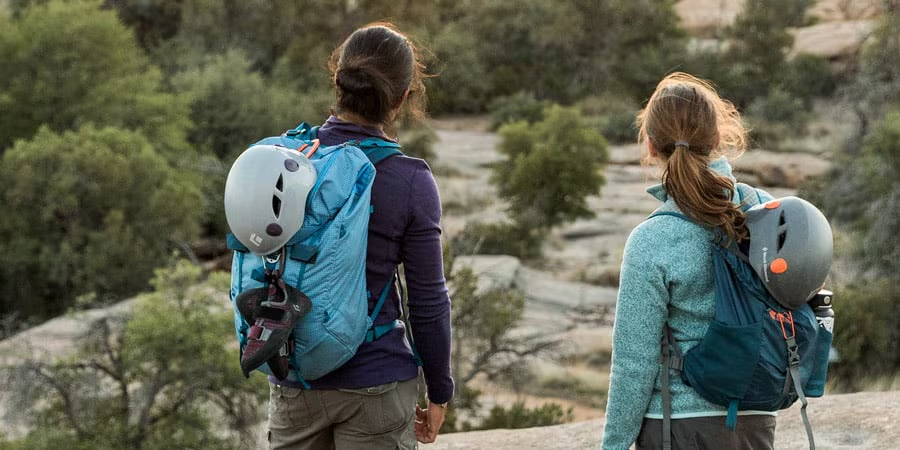
Climbing Daypacks:
Climbers require packs with a sleek, narrow silhouette allowing freedom of movement on challenging routes. These packs often come fitted with padded backs or framesheets to enhance comfort when carrying heavier loads and positioning the weight squarely over your hips. Specialized add-ons such as loops for ice axes, dedicated patches for crampons, and daisy chains facilitate the secure attachment of technical gear. Reinforced fabrics ensure abrasion resistance, crucial when brushing against rocks or rugged surfaces. Some climbing packs are also multipurpose, doubling as backcountry ski or snowboard packs.
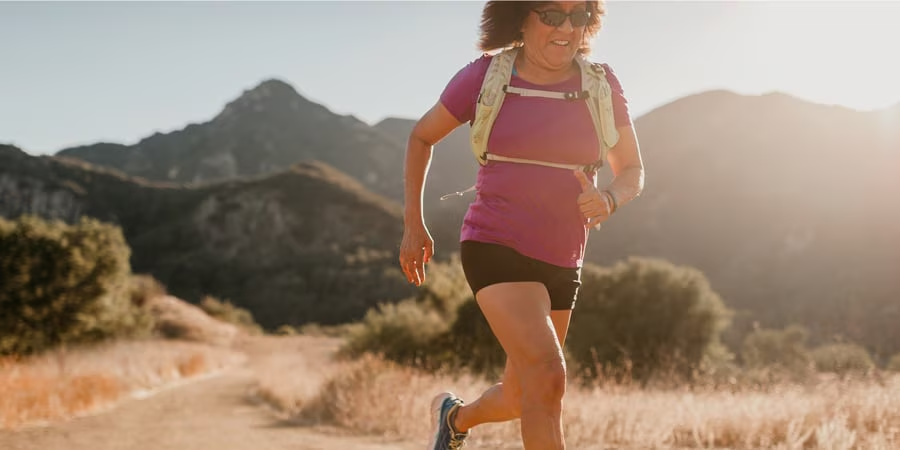
Running Daypacks:
Trail runners and long-distance joggers need packs that minimize bounce and distraction. Options include waistpacks, hydration vests, or small technical daypacks designed to hug your torso snugly. These packs often feature strategically placed pockets within easy reach for stashing energy gels or small snacks on the fly. Compatibility with hydration reservoirs is typically standard here as well, maintaining hydration without interrupting pace or rhythm.

Travel, School, and Commuting Packs:
Designed with organization and security in mind, these packs often feature compartments such as laptop sleeves, multiple dividers, and organizer panels for small personal items. Many have front panel openings rather than traditional top-loading designs to provide easier access in tight spaces like airplane overhead bins or train compartments. Lockable dual zippers and stowable straps help prevent snags or theft during transit. Most fits correspond with carry-on luggage size limits, making these versatile for both travel and everyday routines.
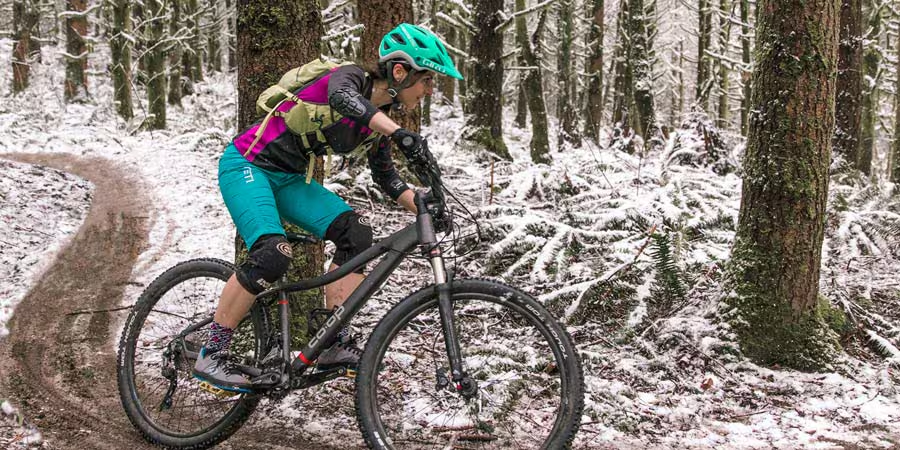
Road Cycling and Mountain Biking Packs:
Road cycling packs boast a compact, aerodynamic build that reduces air resistance while maintaining stability. Mountain biking packs tend to be a bit roomier, accommodating essentials such as extra clothing, tools, and first-aid kits. Features like low-profile waist belts enhance pedaling comfort by preventing interference, and many models include organizational panels or laptop sleeves for commuters combining sport and work. Like many other packs, hydration reservoir compatibility remains a staple
Shop Cycling Backpacks and Bags
Snowsports Daypacks:
For those carving through snowy mountains or ascending alpine slopes, these packs prioritize narrow, agile profiles to avoid obstructing movement. Secured with sternum straps and hip belts, they offer stable carry even amidst vigorous activity. Attachment points for skis, snowboards, or snowshoes are commonplace, alongside reinforced fabric zones to guard against abrasion from edges and crampons. Compartmentalized storage for shovels and probes provides quick access in emergencies. Moreover, insulation features help keep hydration fluids from freezing in extreme cold.
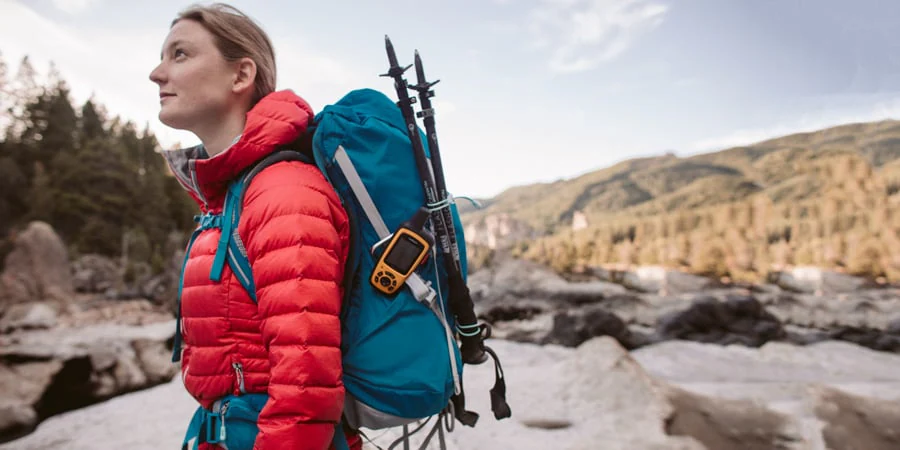
Backpacking Daypacks:
If your approach to backpacking favors minimalism and efficient packing, technical daypacks offer a surprisingly capable option for overnight or multi-day excursions where ultralight gear dominates. These packs often include padded backs and hip belts for extended comfort. Internal frames, strengthened with aluminum stays, allow for heavier loads while maintaining ergonomic support. Their design strikes a balance between load capacity and mobility, enticing those who seek agility on the trail without carrying full-sized backpacks.
Understanding Daypack Gear Capacity and What Size Will Suit You Best
Sizes among daypacks vary widely, from ultra-compact frames to nearly mini-backpacks sized for heavier loads. To choose a capacity that aligns with your travels, envision the gear you habitually carry. Will your pack comfortably stow your favorite insulating jacket? Is there ample space for your nutrition and water needs on lengthy outings? Could it house the essential tools and items recognized universally by outdoor experts? By taking stock of your personal inventory, you’ll better understand what size category fits your lifestyle.
Tiny Daypacks Around 10 Liters or Less:
Designed primarily for fast and light activities such as trail running or short urban jaunts, these petite carriers provide just enough space for fundamental items. Expect room for an ultralight jacket, some batteries of energy bars, your keys, and small essentials only. Their minuscule profiles keep them as streamlined as possible, avoiding unnecessary bulk or excessive weight.
Compact 11-20 Liter Daypacks:
These packs offer a versatile blend of size and utility, favored by hikers, cyclists, runners, and travelers who prefer organized storage. Additional compartments and pockets aid in maintaining order within the pack’s confines. With space for an extra clothing layer, snacks, and everyday gadgets, these packs remain nimble while providing practical capacity.
Medium 21-35 Liter Daypacks:
The sweet spot for most day-hikers and travelers, this size offers enough room to stow your food, extra garments, and even a camera or book – the small luxuries that add pleasure to your outings. The balance between load capacity and physical bulk makes these daypacks the reliable choice for many.
Larger Daypacks 36-50 Liters:
These substantial carriers cater to trips demanding greater gear volume, such as alpine adventures or colder season hikes where layering and extra clothing are necessary. Parents often select these sizes to accommodate kids’ necessities as well. For those with ultralight gear, the capacity can even extend to brief overnight excursions, turning a daypack into a rudimentary, minimalist backpack.
Exploring Essential Daypack Features: What Sets Packs Apart?
A daypack is more than just fabric and zippers — the design details profoundly affect function, comfort, and convenience. Understanding key features will help you match a pack to your style and needs.
Internal Frame Daypacks:
Many daypacks include an internal frame, discreetly embedded to support the weight they carry. These frames might feature plastic sheets for shape support or aluminum rods to bear heavy loads. Packs with robust frames offer enhanced structure, allowing them to carry more gear while distributing weight ergonomically, reducing fatigue over extended wear.
Frameless Daypacks:
Favored for their featherlight weight and adaptability, frameless packs conform more closely to the wearer’s back. Their softness and flexibility aid in light-load comfort but also limit heavy-load performance since they lack rigid support. Ideal for quick trips or minimalist packers, frameless models prioritize mobility above all else.
Ways to Access and Organize Your Gear:
The majority of daypacks are top-loading, where items you might only need at the end of your day reside deep inside. Some incorporate expandable tops to accommodate overflow gear. Packs featuring front panel access use a U-shaped zipper that unfolds the main compartment like a door, allowing effortless packing and searching — perfect for travelers and light hikers. Some even provide bottom access, useful for retrieving items stashed at the base without emptying the entire pack. Additional side entry points may also be integrated, offering multiple entryways to your gear and enhancing accessibility on the go.
Hydration Reservoir Compatibility:
Nearly every daypack has a dedicated sleeve for hydration reservoirs, which, when used, turn your pack into a hydration pack. While reservoirs often come separately, packs labeled as hydration-compatible usually include the features and hose routing to utilize these invaluable fluid carriers efficiently.
Additional Conveniences and Protection:
Some packs sport a suspended mesh back panel that creates a gap between your back and the pack, allowing continuous airflow to reduce sweat buildup and improve comfort during exertion. Rain covers, either included or optional, are wise additions for unpredictable weather, protecting your gear from dampness. Larger daypacks may feature zippered sleeping bag compartments at the bottom, which ultralight backpackers can use for their bags or other compressible gear that needs quick access during a hike or quick-stop.
Fitting Your Daypack for Comfort and Performance
The fit of your daypack is crucial to your comfort and endurance on the trail or in the city. A properly fitted pack feels like an extension of your body — secure, ergonomic, and light on fatigue.
Finding the Right Torso Length:
Your torso length, rather than overall height, is the key measurement to determine pack size. Packs range from extra small to large, with specifications often differing across manufacturers and for different genders. Trying on packs in-store offers an ideal chance to measure fit, but if that’s not possible, methods to measure torso and hip size manually will serve you well.
When wearing the pack, position the hipbelt so its upper edge rests just about one finger-width higher than your hip bones. The shoulder straps should rest comfortably and symmetrically without excessive gaps or drooping. If the straps sit high or your shoulders feel pinched, the torso length could be too short. Conversely, straps wrapping too far down your back suggest the pack might be too long.
Some modern daypacks boast adjustable torso systems for fine-tuning fit. These are perfect if you’re sharing the pack with others, growing children, or simply want to dial in comfort with precision.
Hipbelt Size and Comfort:
Most daypacks accommodate a generous range of hip sizes, generally from about mid-20 inches to mid-40 inches. Ensuring the hipbelt comfortably hugs your hips is vital — it’s the primary point where the pack transfers load away from your shoulders. You want it snug but not restrictive, allowing freedom of movement and breathability.
Women-Specific Packs:
Packs designed specifically for women often feature shorter torso lengths, as well as hipbelts and shoulder straps contoured to fit female body shapes. These designs provide better comfort and load distribution for many female users and are often well-suited for young hikers because of the smaller frame size.
Fine-Tuning Fit With Straps and Stabilizers:
Some larger daypacks come fitted with load lifter straps, located at the top of the shoulder straps and connected to the pack frame at a 45° angle. When snug but not tight, these straps pull the upper pack closer to your body, preventing it from sagging away and placing undue pressure on your lower back.
The sternum strap, crossing mid-chest, clips the shoulder straps together, stabilizing the pack. This reduces unwanted shifting, particularly valuable when navigating uneven terrain where balance can be quickly challenged.
Closing Thoughts
Choosing a daypack is an intimate process blending personal preferences with technical needs. Whether you are setting out for a fast run on narrow trails or embarking on a multi-hour hike carrying layers and essentials, the right pack is designed to complement your journey. By thoughtfully considering your planned activity, the gear you bring, the features that enhance usability, and how well the pack matches your body, you are poised to find a daypack that will swiftly become a trusted companion on all your outdoor ventures.

